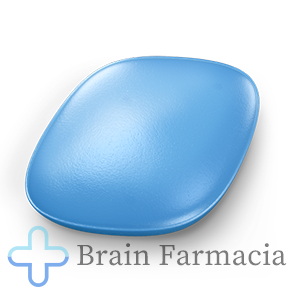Understanding Pharmaceutical Products
Pharmaceutical products play a crucial role in healthcare. They are designed to diagnose, prevent, treat, or cure various medical conditions. These products undergo rigorous testing and regulatory processes to ensure their safety and efficacy.
Types of Pharmaceutical Products
There are several types of pharmaceutical products available in the market. Medicines, such as tablets, capsules, and injections, are the most common form. They contain active ingredients that interact with the body to produce therapeutic effects.
Other pharmaceutical products include medical devices, such as insulin pumps and pacemakers, which are used for diagnosis, monitoring, or treatment. Vaccines, supplements, and topical creams are also examples of pharmaceutical products.
Importance of Regulatory Compliance
Regulatory compliance is of utmost importance in the pharmaceutical industry. It ensures that products meet the required quality, safety, and efficacy standards. Compliance with regulations helps protect patients and ensures the credibility of pharmaceutical manufacturers.
Role of Regulatory Authorities
Regulatory authorities, such as the Food and Drug Administration (FDA) in the United States, have the responsibility to ensure that pharmaceutical products undergo rigorous testing and meet specific standards before they can be sold on the market. They review clinical data, conduct inspections, and issue approvals or rejections based on their findings.
These regulatory bodies also monitor post-market surveillance and take action if any safety concerns arise. They play a vital role in ensuring that pharmaceutical companies follow Good Manufacturing Practices (GMP) and maintain high-quality standards throughout the product lifecycle.
Pharmaceutical Research and Development
Research and development (R&D) form the backbone of the pharmaceutical industry. It involves the discovery, development, and testing of new drugs and therapies to address unmet medical needs. Pharmaceutical companies invest heavily in R&D to bring innovative treatments to patients.
Phases of Drug Development
The drug development process typically consists of several phases. In the preclinical phase, researchers perform laboratory experiments and animal studies to assess a drug's safety and effectiveness. If the results are promising, the drug progresses to clinical trials, which are conducted in human volunteers or patients.
Clinical trials have different phases, including Phase I, II, and III, where the drug's safety, dosage, and efficacy are studied in larger populations. After successful completion of clinical trials, regulatory authorities review the data and decide whether to approve the drug for marketing.






